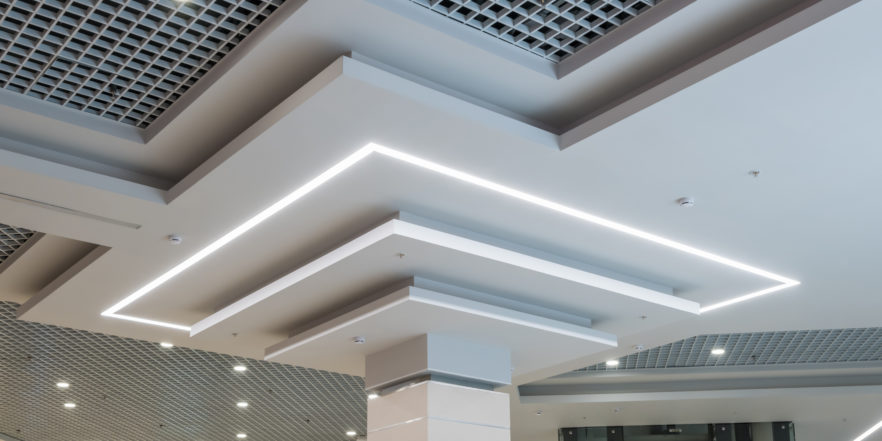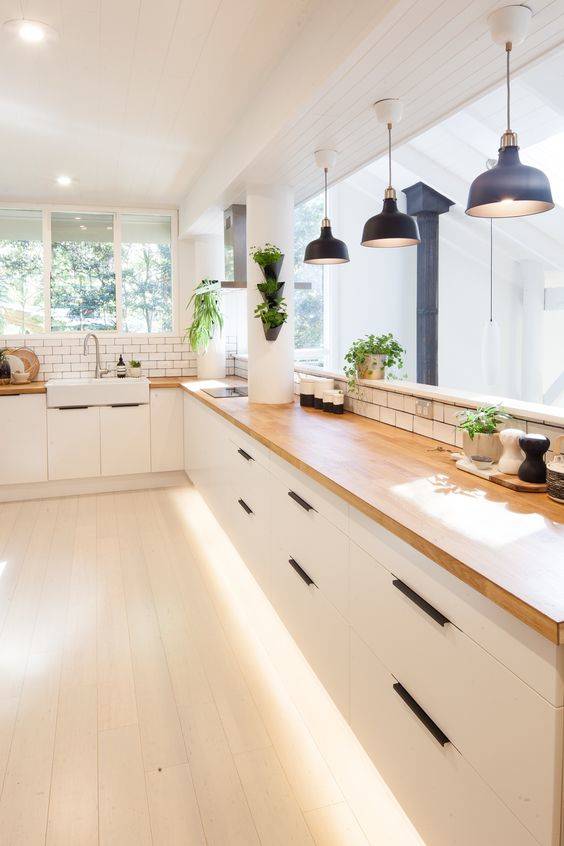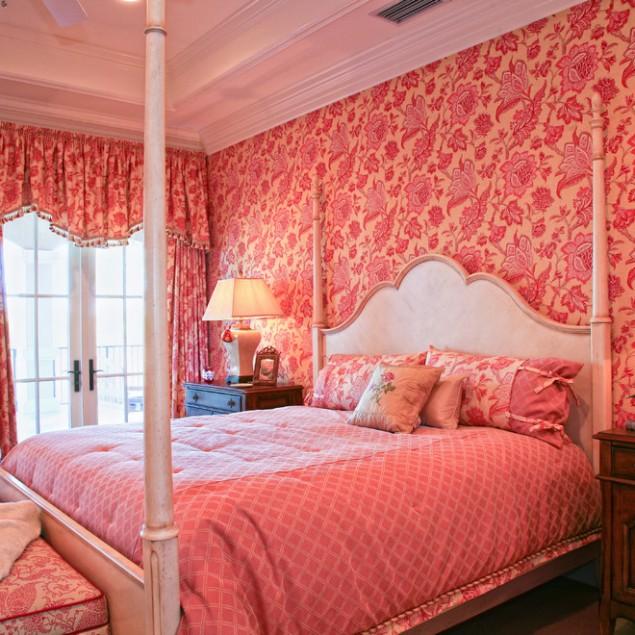Suspended ceilings, commonly found in commercial and residential spaces alike, are a versatile and practical solution for hiding unsightly electrical wiring, HVAC systems, or uneven surfaces. These false ceilings also provide excellent acoustic and thermal insulation. As technology and design trends continue to evolve, new and innovative methods for creating suspended ceilings have emerged, offering a range of aesthetically pleasing and functional alternatives to traditional methods. In this article, we shall explore these cutting-edge techniques that are set to revolutionise the world of interior design.
Modular and Prefabricated Systems
One significant innovation in suspended ceiling technology is the use of modular and prefabricated systems. These pre-assembled panels and tiles can be easily installed with minimal on-site labour, reducing construction time and costs. The use of lightweight materials, such as aluminium or PVC, allows for increased flexibility in design, enabling architects and designers to create customised ceiling layouts and patterns that cater to the unique aesthetic preferences and functional requirements of each client.
Green and Eco-Friendly Solutions
As environmental consciousness becomes increasingly important, green and eco-friendly solutions for suspended ceilings are gaining traction. These sustainable methods utilise recycled or low-impact materials, such as reclaimed wood, cork, or bio-based plastics, to create visually appealing and environmentally responsible ceiling systems. Additionally, incorporating energy-efficient lighting solutions, like LED fixtures or skylights, into the ceiling design can further reduce the carbon footprint and operational costs of a building.
Integrated Smart Technology
The integration of smart technology into suspended ceilings opens up a world of possibilities for increased functionality and customisation. Sensors and controls can be seamlessly incorporated into the ceiling design to automate lighting, heating, and cooling systems, enhancing energy efficiency and user comfort. Moreover, smart acoustic panels can be employed to optimise the sound absorption properties of the ceiling, providing adaptable noise control solutions for various spaces.
3D Printing and Customisation
3D printing technology has made its way into the world of suspended ceilings, offering unprecedented levels of customisation and creativity. By using computer-aided design (CAD) software, intricate and bespoke patterns, textures, and shapes can be created and printed directly onto ceiling tiles and panels. This allows for the production of one-of-a-kind ceiling designs tailored to the individual tastes and requirements of each client.
Translucent and Backlit Ceilings
Innovations in material technology have led to the development of translucent and backlit suspended ceilings, which can transform the ambiance of any space. By using transparent or semi-transparent materials, such as acrylic, polycarbonate, or glass, in combination with LED lighting systems, designers can create stunning visual effects that add depth, warmth, and character to a room.
In conclusion, the future of suspended ceiling technology is bright, with numerous innovative methods poised to redefine the way we think about interior design. From modular systems and eco-friendly materials to integrated smart technology and 3D printing, these cutting-edge techniques offer an array of exciting possibilities for both form and function. Embracing these advancements will not only elevate the aesthetic appeal of our spaces but also contribute to a more sustainable, efficient, and comfortable built environment.









